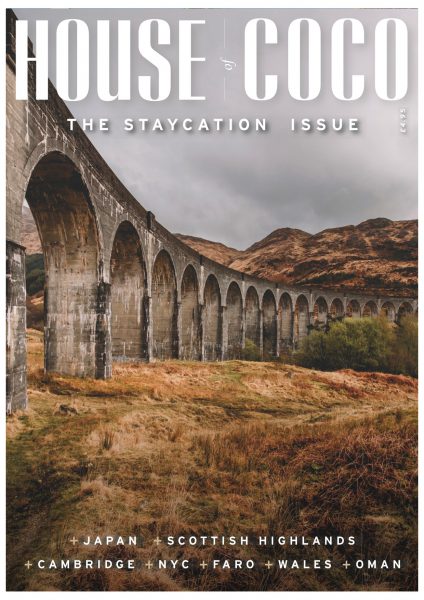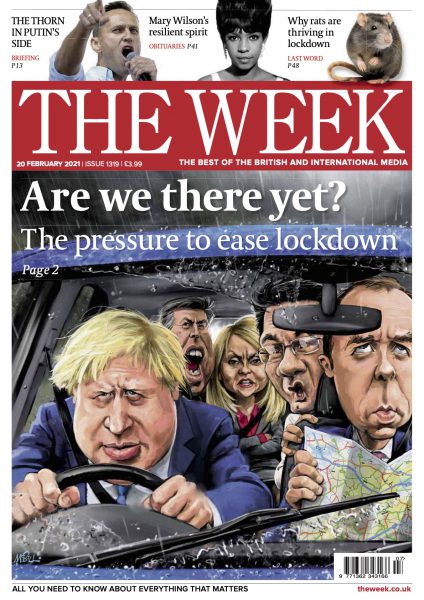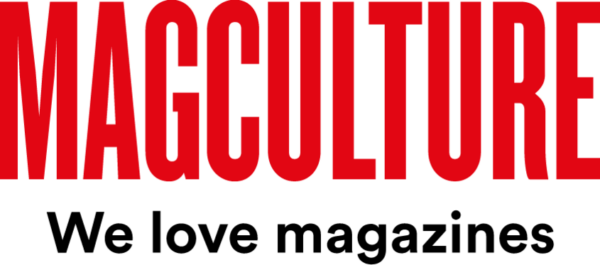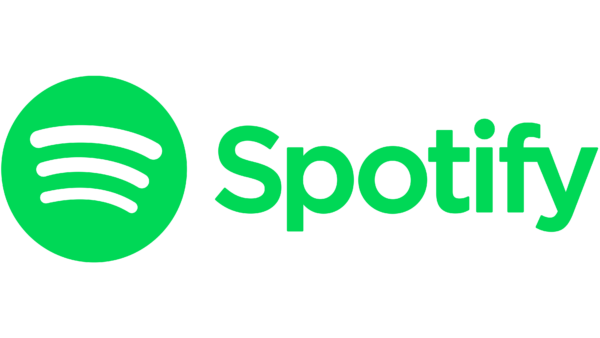Dylan Connell is a third-year Journalism student currently interning at the International Magazine Centre. If you like his work, you can connect with him on LinkedIn and follow him on Twitter – he’d love to hear from you. You can find more of Dylan’s work over on his website.
Over the past 12 weeks while on work experience at the International Magazine Centre one of my jobs has been to transcribe interviews for their upcoming training course ‘21st Century Magazine Publishing.’ You can register here to be notified when the course first launches.
This has basically meant that I’ve had access to the whole, uncut training course (pretty good right?!)
Here’s what I’ve learnt from transcribing these interviews:
1. People still love print
Print as a medium still continues to shine. The impact of the pandemic has meant that our lives have been forced online like never before. Many are turning to print to take a break from the digital screens that take-up most of our day.
Print is also permanent. Unlike digital content, printed products can’t be deleted. Founder of It’s Freezing in LA!, Martha Dillon, said this was a key reason for her starting a print magazine:
“The beauty of having this object that people really think about, makes it really important that it’s a physical copy. Also, it’s about treating magazines with a bit more respect. People keep books. People don’t consider books, a waste of paper. We think the same about our magazine. It looks maybe flimsy, it’s not a hardback, but it’s got a lot in it. People who read us, keep it. That’s really important.”
Martha has some great advice for publishers which you can find in Lesson 6, The Content Landscape, in Module 1 of the 21st Century Magazine Publishing course. If you’re interested in the course you can register here to find out when the training course launches.
2. Look for the opportunities the pandemic has presented
The pandemic has brought forward challenges for many businesses, meaning that less print magazines sit on the newsstand.
CEO of House of Coco Magazine, Laura Bartlett spoke about how publishers can still take advantage of this. She said:
“Whilst a lot of people are moving away from the newsstand, it means you’ve got more of an opportunity to stand out.”
Laura’s pivoted in so many ways since her career in magazines started, and has some brilliant advice on working with a team of freelancers. Hear more from her in Lesson 7, Content Creation, in Module 1 of the 21st Century Magazine Publishing course. Register here to hear first when the training course launches.
3. There’re still huge opportunities for publishers to use subscriptions
Another effect of the pandemic is a rise in print subscriptions.
Kerin O’Connor, Chief Executive of The Week and The Week Junior gave some insight into why subscriptions are worth investing in:
“The craziest thing you can do with any kind of consumer product is create a habit, because habit underlies customer behaviour.”
He explained that once this habit is created, receiving the magazine becomes a part of your readers’ routine. Kerin also said that simple pricing is important to the success of your subscription models because customers need to know what they are going to get for the price, so they don’t feel cheated.
Lesson 3, Newsstand Revenue, in Module 3 of the 21st Century Magazine Publishing course has some more great advice on subscriptions. If you’re interested in the course you can register here.
4. The distribution system is still extremely flawed
An issue that came up a lot in these transcripts was that print subscriptions are on the rise, but independent titles still struggle with distribution. This problem does not seem to have a definite answer.
Jeremy Leslie, founder of MagCulture, gave some distribution advice from a retailer’s point of view. He said:
“If possible, I would suggest that you start off by self-distributing, so that you get your head around what it involves.”
“Then get it into a few shops who you think ought to have it, and that’s up to you to decide…So, there’s a bit of visibility and it’s popping up in people’s Instagram feeds and it’s generally getting a bit of a visual presence in the magazine sphere. And then you can build from there gradually.”
Jeremy said that self-distribution is more common now since retailers are more willing to deal with publishers directly. He explained that MagCulture do because he feels that “there’s nothing better than hearing from a publisher about their magazine.”
You can hear more distribution advice from Jeremy and other industry experts in Lesson 8, Marketing & Distribution, in Module 1 of the 21st Century Magazine Publishing course. Register here to hear first when we launch.
5. Podcasts are a great way for publishers to innovate
A common message that kept appearing throughout the transcripts was to stop thinking of digital and print in the sense that you do one or the other. Instead, if you run a print magazine think, ‘How can I extent this content online.’ A way of doing this is to launch a podcast.
Kitty Finstad, Editorial Content Director and Founding Partner at The Good Vikings, spoke about the opportunities that podcasts present for publishers. She said:
“It [podcasts] gives people, magazine makers in particular, the opportunity to tell a different aspect to a story that they may have published online or in print. So, a good example is Confect Magazine…What was great about the podcast was the host, who is also the editor of the magazine, Sophie Grove. She invited people who might not necessarily get a voice in the magazine…She invited a photographer on to talk about all of the work that went behind a particularly challenging shoot that they did in Egypt. It was absolutely fascinating to understand, all of the behind the scenes work that goes into actually producing the shoot, that when you look at it, in the magazine, it’s just a series of beautiful photographs…But there’s always a story behind it. And there’s always a different perspective.”
Lesson 2, Podcasts, in Module 2 of the 21st Century Magazine Publishing course has more advice for podcasts and other digital content. If you’re interested in the course you can register here.
6. Digital audiences are different to print audiences
Although print publishers are now expected to also have a digital offering, it’s worth remembering that audiences engage differently with digital content.
Ranj Begley, Chief Content Officer and UK Managing Director at digital subscription service, Readly, spoke about this. Ranj said that on Readly users read magazines that they typically wouldn’t, just simply because no one else can see what they’re reading. She likened this to when everyone was reading 50 Shades of Grey on their Kindles because of the privacy. Ranj said:
“Ordinarily, a Saga customer who is buying insurance off of Saga for instance, wouldn’t go into WH Smith and pick up a copy of Cosmopolitan. But the amount of 65-year-olds that we have, even 75-year-olds, that are reading Cosmo on Readly is quite interesting. Because they’ve got access to Readly, they can go in and read whatever they want, whenever they want.”
Lesson 4, Digital, in Module 2 of the 21st Century Magazine Publishing course has more advice for using digital content. If you’re interested in the course you can register here.
7. Using video is one of the best ways to get your content noticed by your audience
A good way to engage with your online audience is by using video, an especially useful tool for social media. After transcribing Social Media Consultant Fin Wycherley’s interview, I started to understand the mysterious powers that are social media algorithms.
In an effort to make the content on Facebook better, the algorithms on Facebook purposely punish accounts with poorly performing content. What this means is that if users are scrolling straight past your content, and not engaging with it, it signals to the algorithms that your content is being ignored so might not be very good.
A result of this is that creators are charged more to advertise on Facebook, because Facebook feels that their adverts won’t do as well due to their low engagement figures. The content is also put further down newsfeeds, making it harder for your viewers to find it.
Fin spoke about how video can help with this. She said:
“If you’ve got some kind of moving image that looks like it might be relevant to you, you’re more likely to stop and look and at least preview it for a couple of seconds, or even a couple of minutes. The impact of having a video strategy versus an image-based strategy is just a no-brainer.”
When your content is engaged with for longer it signifies to the algorithm that the content is good. This can result in lower advertising costs, and more engagement for your social media posts.
Lesson 5, Social Media, in Module 2 of the 21st Century Magazine Publishing course has some fantastic advice for social media and using video. Register here to hear first when the course is launched.
8. There is still a huge lack of diversity in the industry
The lack of diversity in the magazine industry was another key issue highlighted in the transcripts. This problem hinders innovation within the industry.
Founder and editor of Intern, Alec Dudson, spoke about this. He said:
“I personally believe that if you are responsible for the production of culture, in a broad sense, you have an extra responsibility to ensure that that is made by a group of people representative of the audience that it’s going out to.”
Something that the transcripts highlighted to me was that although there are organisations that have taken the steps to encourage diversity, there is still a long way to go.
Lesson 3, Representation & Diversity, in Module 1 has more advice for diversity and representation in the media industry. Register here to hear first when the course is launched.
I hoped to gain a deeper understanding of the magazine industry by transcribing these interviews – the good bits and the not so good bits. I can definitely say that I have achieved that.
Advice for publishers
I’ve compiled a list of the advice that has stuck with me as someone who is just starting out in the industry:

“I would say don’t feel that you’re not qualified, or you’re not experienced enough to do whatever it is that you want to do… I think sometimes a lack of experience can be quite liberating, because you’re not held down by the conventions of whatever area you’re working with.”
Anne Ward, CEO at Newspaper Club.
“Take every opportunity. If you’re starting out and you know you want to be a fashion director, but you’re offered an opportunity in the features team, definitely take it. And you don’t have to follow a very strict, narrow path.”
Arianna Chatzidakis, Creative Content Director at Hello!
“I would say, if you want to get ahead in this game, you’ve just got to go for it. More often than not, that just encourages you to say, ‘Let’s do it. What’s the worst that could happen?’ That’s my mantra.”
Eric Campbell, MD at White Light Media

“You have to be good at one or two things, you don’t have to be good at everything. But you have to know about as much as possible.”
Tim Holmes, Reader Emeritus at the School of Journalism media and culture at Cardiff University
“As a student, doing an internship, interviewing, look at things that don’t make sense, that simply don’t make sense. And please don’t be intimidated to point them out to whoever that senior person is – be it a chief executive you meet in the corridor, a vice president when they come on stage and magazine conference, go up and just flag ‘This doesn’t make sense anymore. I’m 21 years old, I’m just graduating from University. And this, quite frankly, makes no sense whatsoever.”
Will Page, former Chief Economist at Spotify and PRS for Music
“You just have to try things and see what opportunities they bring you”.
Jeremy Leslie, Founder of MagCulture
“One of the best pieces of advice that someone gave me, was: ‘Everybody here is interested in fashion…right now here’s your next task – read the sports section of a newspaper. And read it and really understand. I don’t care. If you don’t like sports, I don’t care if you hate sports, read it and understand what makes a good story’. So, that was a really good piece of advice is to just read stuff that you’re not necessarily interested in and understand the mechanics of why it is or isn’t a successful piece of content.”
Kitty Finstad, Editorial Content Director and Founding Partner at The Good Vikings











